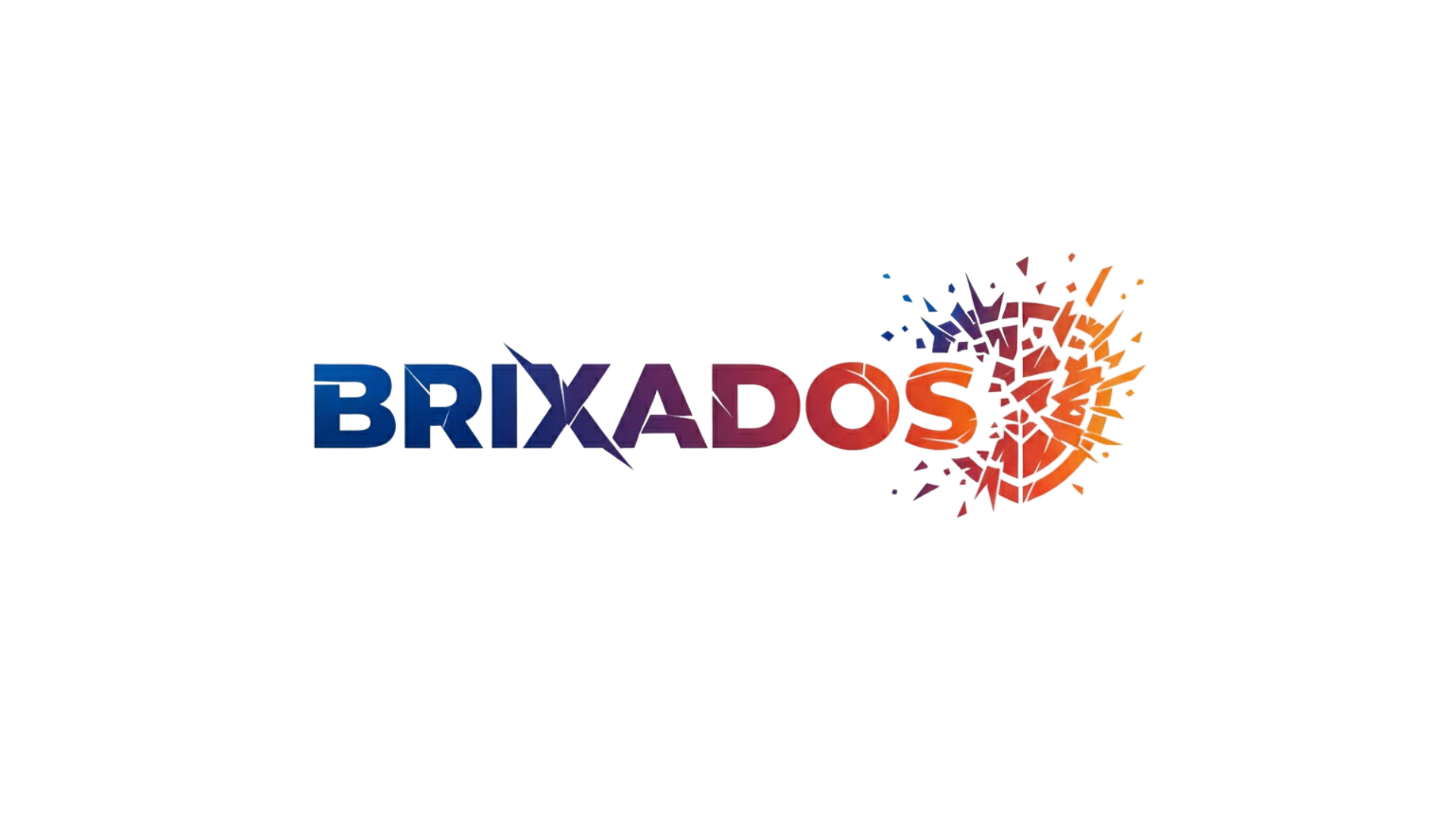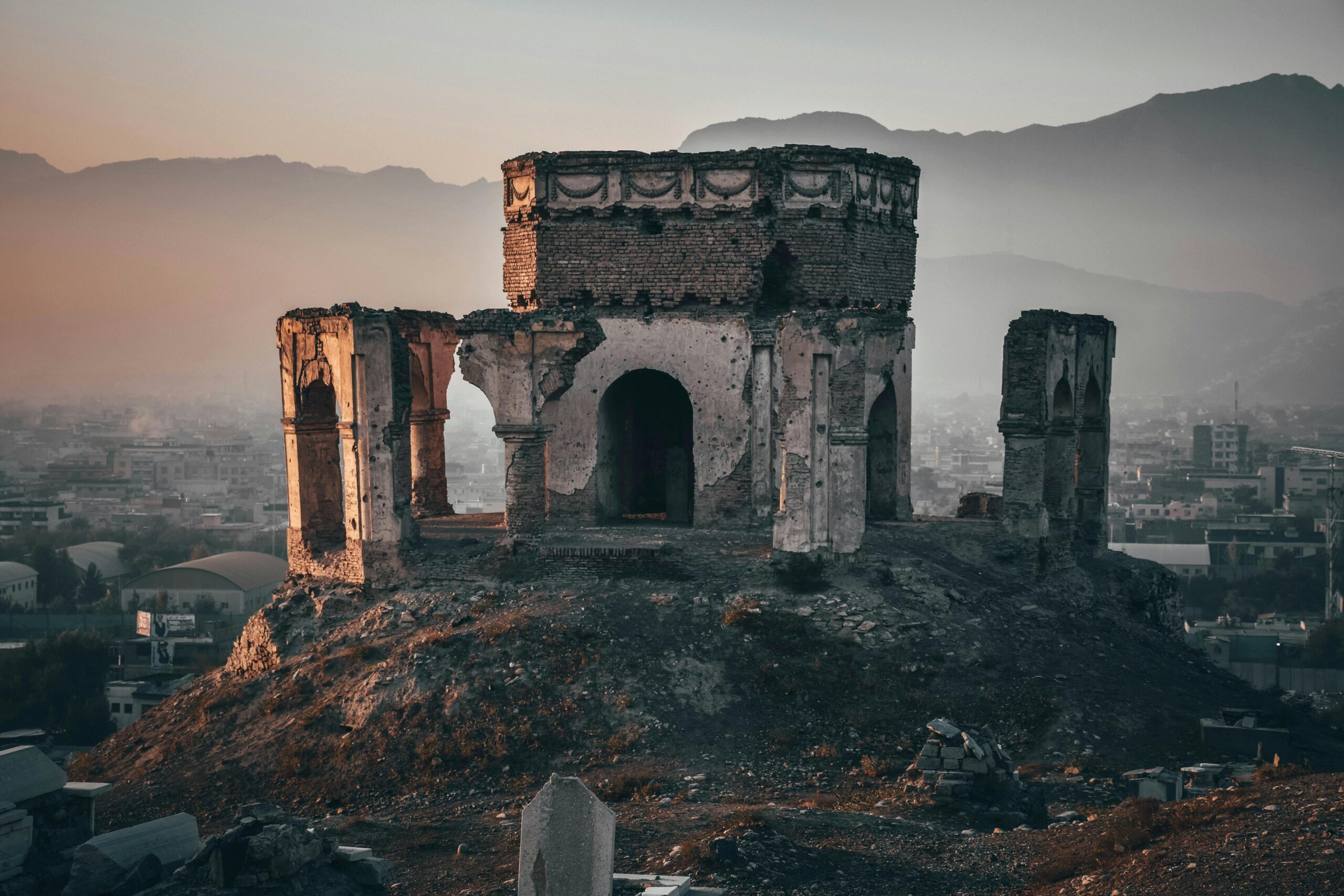In an age defined by rapid change and moral complexity, the battle between modern-day heroes and villains unfolds across multiple dimensions of society, reshaping our understanding of justice itself.
🦸 The Evolution of Heroism in Contemporary Society
The concept of heroism has undergone a dramatic transformation in the 21st century. Unlike the clear-cut champions of yesteryear, today’s heroes operate in shades of gray, navigating ethical dilemmas that would have confounded their predecessors. From whistleblowers exposing corporate corruption to activists fighting climate change, modern heroes wear many faces and fight on countless fronts.
What makes someone a hero today? The answer is far more complex than simple physical courage or moral superiority. Contemporary heroes demonstrate resilience in the face of systemic opposition, amplify marginalized voices, and leverage technology to create meaningful change. They understand that justice is not a destination but an ongoing struggle requiring sustained commitment and strategic thinking.
Social media has democratized heroism, allowing ordinary individuals to spark movements that resonate globally. A single video, tweet, or post can expose injustice, mobilize communities, and hold powerful entities accountable. This digital landscape has created a new breed of heroes who wield information as their primary weapon, understanding that transparency and truth are essential ingredients in the recipe for justice.
The Digital Warriors of Information Age
Technology has birthed a unique category of modern heroes: the digital warriors who fight for truth, privacy, and digital rights. These individuals recognize that the battleground for justice has expanded into cyberspace, where data breaches, surveillance, and misinformation pose existential threats to democracy and individual freedom.
Cybersecurity experts who protect critical infrastructure, journalists who verify facts in an era of fake news, and developers who create secure communication platforms all serve as contemporary guardians of justice. Their work may lack the dramatic flair of traditional heroism, but its impact resonates through every aspect of modern life, protecting vulnerable populations from digital exploitation and manipulation.
😈 The Modern Faces of Villainy
Villains have evolved alongside heroes, becoming more sophisticated and insidious in their methods. Today’s antagonists rarely announce their intentions with theatrical monologues or obvious evil schemes. Instead, they hide behind corporate logos, legal loopholes, and algorithmic opacity, making their identification and prosecution infinitely more challenging.
Corporate malfeasance represents one of the most pervasive forms of modern villainy. Companies that prioritize profit over human welfare, deliberately mislead consumers, or exploit environmental resources without accountability embody a systemic evil that affects millions. These entities operate within legal frameworks, making their actions technically permissible while morally reprehensible—a contradiction that highlights the inadequacy of current justice systems.
The rise of authoritarian tendencies in democratic nations has produced political villains who manipulate populist sentiment, erode institutional norms, and consolidate power at the expense of civic freedoms. These individuals weaponize division, exploit fears, and undermine trust in democratic processes, creating long-lasting damage that extends far beyond their terms in office.
The Invisible Antagonists of Algorithm and Data
Perhaps the most insidious villains of our time are not individuals but systems—algorithms that perpetuate bias, platforms that prioritize engagement over wellbeing, and data collection practices that commodify human behavior. These technological villains operate without consciousness or intent, yet their impact on justice and equity is profound and far-reaching.
Facial recognition systems that disproportionately misidentify people of color, recommendation algorithms that radicalize vulnerable individuals, and predictive policing tools that reinforce existing biases represent a new frontier in the battle for justice. Combating these systemic antagonists requires heroes who understand both the technical architecture and the social implications of these technologies.
⚖️ Reimagining Justice in Complex Times
The traditional criminal justice system, designed for a simpler era, struggles to address the complexities of modern wrongdoing. How do we prosecute crimes that transcend national borders? How do we hold accountable entities that exist primarily in digital spaces? How do we balance privacy rights with security needs in an interconnected world?
These questions demand innovative approaches to justice that incorporate technological literacy, global cooperation, and nuanced understanding of systemic issues. Restorative justice models, which prioritize healing and rehabilitation over punishment, offer promising alternatives to purely punitive systems. Community-based accountability mechanisms empower local populations to address harm in culturally appropriate ways that traditional courts cannot replicate.
Economic justice has emerged as a critical battlefield, with wealth inequality reaching historic proportions. Modern heroes advocate for living wages, universal healthcare, and financial regulations that prevent exploitation. They challenge the notion that poverty results from individual failure rather than systemic design, pushing for structural reforms that create genuine opportunity rather than merely punishing disadvantage.
Environmental Justice as Human Justice
The climate crisis has revealed the inseparable connection between environmental and social justice. Communities of color and low-income populations disproportionately bear the burden of environmental degradation, from toxic waste sites to flood-prone areas lacking adequate infrastructure. This reality has spawned environmental heroes who recognize that protecting the planet means protecting its most vulnerable inhabitants.
Activists blocking pipelines, scientists documenting climate change, and lawyers suing polluting corporations represent different facets of the environmental justice movement. They face well-funded opposition from industries with vested interests in maintaining the status quo, making their struggle both David-versus-Goliath in nature and absolutely essential for humanity’s survival.
💪 Grassroots Movements and Collective Heroism
While individual heroes capture public imagination, collective action drives lasting change. Movements like Black Lives Matter, #MeToo, and various labor organizing efforts demonstrate the power of coordinated grassroots activism to challenge entrenched systems of oppression and demand accountability from institutions that long operated with impunity.
These movements succeed not through singular acts of heroism but through sustained, strategic organizing that builds power over time. They leverage social media for coordination and awareness while maintaining robust offline infrastructure for community building and political pressure. Their success lies in recognizing that systemic problems require systemic solutions, and individual villains are often symptoms of larger structural issues.
The intersectional nature of modern justice movements acknowledges that oppression operates along multiple axes simultaneously—race, gender, class, sexuality, disability, and more. This sophisticated understanding prevents single-issue activism that might inadvertently perpetuate other forms of injustice, creating instead a holistic approach to liberation that centers the most marginalized voices.
🌍 Global Dimensions of Contemporary Justice Struggles
Justice battles increasingly transcend national boundaries, reflecting the interconnected nature of global commerce, communication, and crisis. Human trafficking networks, environmental destruction, tax evasion schemes, and authoritarian repression all operate internationally, requiring coordinated responses that challenge traditional notions of sovereignty and jurisdiction.
International heroes include human rights lawyers who document war crimes, journalists who expose corruption across borders, and activists who build transnational solidarity networks. They navigate complex legal landscapes, cultural differences, and often significant personal risk to advance justice in contexts where local mechanisms have failed or been deliberately dismantled.
The refugee crisis exemplifies the global justice challenge, with millions displaced by war, persecution, and climate change encountering hostile reception in nations with capacity to help. Heroes emerge among aid workers, immigration lawyers, and community sponsors who recognize shared humanity despite political rhetoric emphasizing division and scarcity.
Technology as Double-Edged Sword
While technology enables new forms of villainy, it also empowers heroic responses. Encrypted communication protects activists in repressive regimes, satellite imagery documents environmental crimes, and blockchain technology enables transparent financial systems. The challenge lies in ensuring these tools remain accessible to those fighting for justice rather than becoming monopolized by those seeking to maintain unjust systems.
Open-source software movements embody democratic values by making powerful tools freely available, challenging proprietary models that concentrate technological power. Developers who contribute to these projects serve as unsung heroes, building digital infrastructure that supports countless justice initiatives without seeking recognition or profit.
🎭 The Moral Complexity of Modern Protagonists
Today’s heroes rarely fit simplistic molds of moral perfection. They make mistakes, hold contradictory views, and sometimes employ ethically questionable methods to achieve just ends. This complexity makes them simultaneously more relatable and more controversial than the archetypal heroes of traditional narratives.
Whistleblowers like Edward Snowden and Chelsea Manning revealed government overreach but also violated laws and potentially compromised security. Their actions sparked essential debates about surveillance, transparency, and the limits of state power, yet their methods remain contested. This ambiguity reflects the reality that justice struggles often require choosing between imperfect options rather than clear right and wrong.
The question of tactics divides justice movements, with debates over civil disobedience, property destruction, and confrontational versus collaborative approaches. Some argue that working within existing systems legitimizes unjust structures, while others contend that radical tactics alienate potential allies and invite violent repression. These strategic disagreements reflect genuine uncertainty about the most effective paths toward justice in complex systems.
🔮 The Future of Justice Narratives
As society continues evolving, so too will the heroes and villains that populate our justice narratives. Artificial intelligence, genetic engineering, space colonization, and other emerging technologies will create new ethical dilemmas requiring new categories of heroism and presenting novel opportunities for exploitation and harm.
The heroes of tomorrow will need technological fluency, global consciousness, and sophisticated understanding of complex systems. They will fight battles we cannot yet imagine while drawing inspiration from timeless principles of dignity, equity, and compassion. Their villains will be equally advanced, wielding powers that today seem like science fiction but tomorrow will be mundane reality.
Preparing for this future requires investing in education that develops critical thinking, ethical reasoning, and technological literacy. It means building institutions that can adapt to rapid change while maintaining commitment to justice principles. It demands cultivating empathy across difference and rejecting simplistic narratives that divide the world into absolute good and evil.
Empowering the Next Generation of Justice Seekers
Young people today inherit a world of unprecedented challenges but also unprecedented tools for addressing them. They demonstrate remarkable sophistication in analyzing systemic issues, building inclusive movements, and leveraging technology for social change. Supporting their development as future heroes means providing resources, mentorship, and platforms while respecting their agency and vision.
Youth climate activists, student organizers, and young technologists developing justice-oriented applications represent hope for continued progress. They refuse to accept inherited injustices as inevitable, bringing fresh perspectives and fearless creativity to long-standing problems. Their energy and idealism, tempered with strategic thinking and historical awareness, position them to advance justice in ways previous generations could not.

🌟 Finding Your Place in the Ongoing Epic
The battle for justice is not a spectator sport—everyone has a role to play in this epic saga. Heroism takes countless forms, from small daily acts of kindness and resistance to high-profile activism and advocacy. Recognizing villainy, whether in obvious antagonists or subtle systemic harm, represents the first step toward combating it effectively.
Your contribution might involve supporting justice organizations financially, volunteering time and skills, educating yourself and others about important issues, or using your professional platform to advocate for change. It might mean having difficult conversations with family members, choosing ethical consumption, or simply treating everyone with dignity and respect. No action is too small to matter in the collective struggle for justice.
The modern battle for justice ultimately depends on ordinary people choosing extraordinary commitment to principles over convenience, solidarity over isolation, and hope over cynicism. This epic saga has no final chapter, no ultimate victory after which heroes can rest. Instead, it continues through generations, each contributing their verses to an ongoing story of humanity’s struggle to create a world worthy of our highest ideals.
In this age of complexity and rapid change, the line between heroes and villains sometimes blurs, systems can embody evil without individual intent, and justice itself becomes a contested concept. Yet amid this uncertainty, certain truths endure: human dignity matters, equity is worth fighting for, and collective action can challenge even the most entrenched power structures. The epic saga continues, and its outcome depends on choices we make today about the world we want tomorrow.
Toni Santos is a myth-psychology researcher and narrative writer exploring how archetypes, symbols and human story converge to shape mind, culture and meaning. Through his studies on the collective unconscious, comparative mythology and symbolic dream interpretation, Toni examines how the myths we tell reflect the patterns we live — and how awareness of these patterns can spark transformation. Passionate about hero’s journeys, mythic motifs and dream-language, Toni focuses on how story acts as both mirror and map for inner depth and growth. His work highlights the bridges between myth, psyche and culture — guiding readers toward a deeper encounter with themselves and the stories they carry. Blending psychology, mythology and narrative theory, Toni writes about the hidden architecture of meaning — helping readers understand how symbols, stories and dreams shape experience and identity. His work is a tribute to: The power of myth to reveal the unseen structures of psyche The journey from archetype to individual lived story The art of dream-language as a path to wholeness Whether you are a storyteller, psychologist or traveller in the inner landscape, Toni Santos invites you to explore the mythic dimension of mind — one symbol, one myth, one insight at a time.



